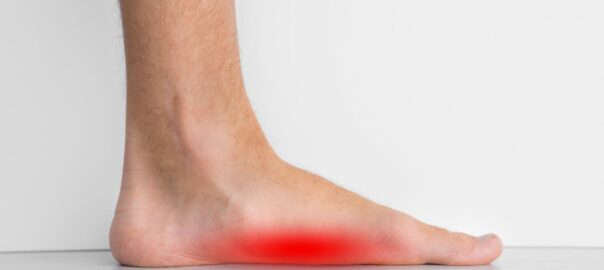How Flat Feet Impact Overall Health

An estimated 26% of people have flat feet, making it a common disorder. With flat feet, as the name suggests, the feet have virtually no arch. This typically occurs when the arches don’t develop in early childhood, but arches can also collapse later in life, leading to flat feet.
Unfortunately, flat feet can impact your overall health in a few different ways, including:
Ongoing Foot Pain
Flat feet can lead to persistent foot pain with day-to-day activities. This is especially true for patients who have rigid flat feet, meaning that the foot is flat even when it’s not bearing weight. Flexible flat feet seem to have an arch when they’re not bearing weight.
Eventually, you may start to experience pain from flat feet with simple activities, like walking. This can make it difficult to maintain a healthy, active lifestyle.
Back and Leg Pain
With flat feet, your body weight isn’t distributed properly over your feet. As a result, your muscles and joints have to step in to keep you on your feet. This added strain on the muscles and joints can lead to pain in various areas of the body, most often including the back and legs.
Abnormal Gait
Many people with flat feet develop abnormal gait to compensate for the disorder. This leads to imbalanced weight distribution, which further exacerbates pain in the feet, back, and legs. Having an abnormal gait also increases your risk of developing other injuries.
Worsened Foot Conditions
If you’re already struggling with conditions that are related to the feet, like bunions, plantar fasciitis, shin splints, or arthritis, flat feet can make them worse. Oftentimes, patients must first address flat feet to resolve the symptoms of these conditions.
If you’re struggling with the symptoms and complications of flat feet, reach out to a podiatrist in your area for medical care.


